3 Pepita Seed Substitutes for Crunch and Texture
Pepitas, also known as pumpkin seeds, add a delightful crunch and subtle nutty flavor to many dishes, from salads to baked goods.
When pepitas aren't available, sunflower seeds, toasted pumpkin seeds, or chopped nuts serve as excellent substitutes.
These alternatives provide similar texture and nutrition while blending seamlessly into recipes.
Choosing the right replacement depends on the desired crunch and flavor intensity.
Some options may introduce unique tastes that complement specific dishes better than pepitas.
Being flexible with substitutes ensures you never miss out on that satisfying bite.
With these practical swaps, your meals stay delicious and wholesome even when pepitas run low.
Tasty and Crunchy Pepita Substitutes
Pepita substitutes provide tasty crunch and a mild, nutty flavor perfect for salads, baking, or snacking. Seeds and nuts both serve as delicious alternatives. See which could fit your kitchen best.
Sunflower Seeds
Sunflower seeds make an excellent substitute for pepitas in recipes due to their similar taste and nutritional profile.
These versatile seeds work wonderfully as snacks, garnishes, or ingredients in countless dishes where pepitas are called for.
From roasting to toasting, frying or blending into sauces, sunflower seeds adapt to virtually any cooking method that suits your needs.
In many Asian and southern European countries, people enjoy in-shell sunflower seeds as popular street food, while Americans typically purchase them pre-packaged and already roasted.
For soup recipes requiring pepitas, simply hull the sunflower seeds and use them in equal amounts to achieve comparable results.
Pine Nuts
Pine nuts, also called pinon, pinoli, or pignoli, are edible seeds from the Pinaceae family, genus Pinus, that offer a delightful alternative to pepitas in many recipes.
These small kernels have a soft nutty flavor with sweet undertones that make them perfect for snacking or enhancing dishes like hummus and pesto.
Pine nuts can replace pepitas in a simple one-to-one ratio when baking bread, tossing into salads, or complementing vegetables, meat, and fish dishes.
Most cooks appreciate how these versatile seeds maintain their texture during cooking while adding a subtle richness to various cuisines.
Whole Pumpkin Seeds
Pepitas offer a unique alternative to traditional pumpkin seeds, with key differences that make them stand out in cooking.
These hull-less seeds come specifically from calabaza pumpkins, unlike whole pumpkin seeds which are harvested from common jack-o-lantern varieties and retain their yellowish-white husks.
Many cooks prefer pepitas for their convenience since they come ready to use without the tough outer shell that makes whole pumpkin seeds better candidates for roasting.
Both share a delicious nutty flavor profile that works wonderfully in recipes, allowing you to substitute them in equal measurements without adjusting quantities.
How long can common pepita substitutes be stored without losing freshness?
The storage life of pepita substitutes depends on type, processing method, and storage conditions:Tip: Always store away from heat, light, and moisture to preserve both flavor and nutrient quality.
Is it possible to match pepitas’ magnesium and zinc levels with other seeds?
Yes, several seeds can match or even exceed the magnesium and zinc levels found in pepitas (pumpkin seeds). On average, 1 oz (28 g) of pepitas contains:Comparable substitutes:Note: For the closest nutrient match, hemp seeds and unhulled sesame seeds are strong options, especially when roasted for flavor enhancement.

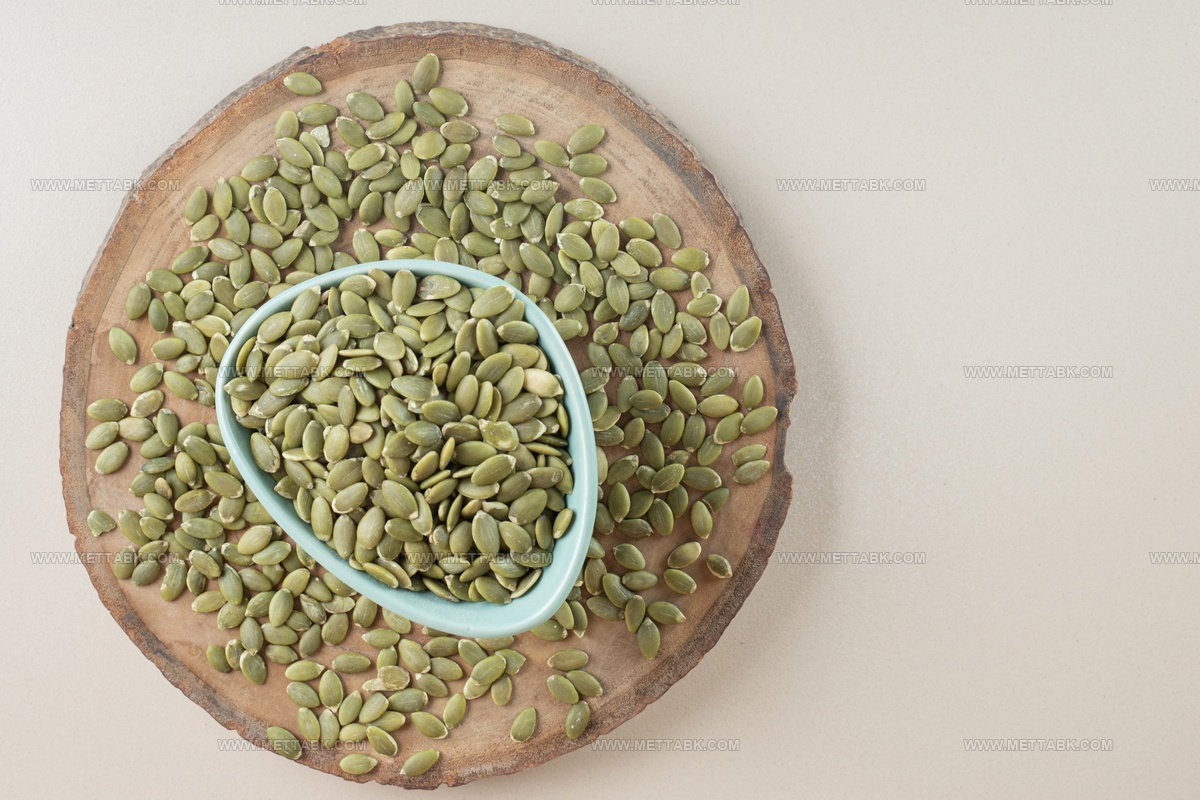
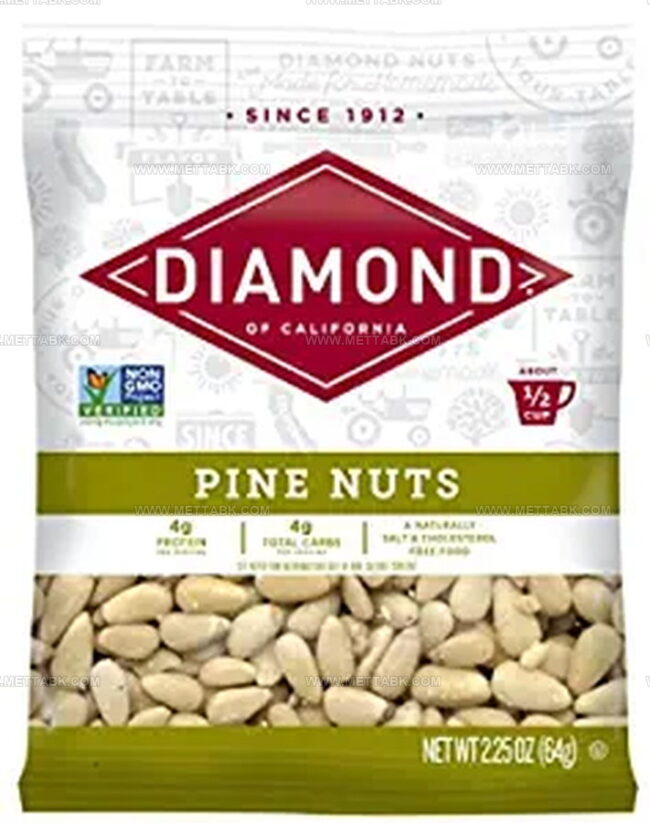
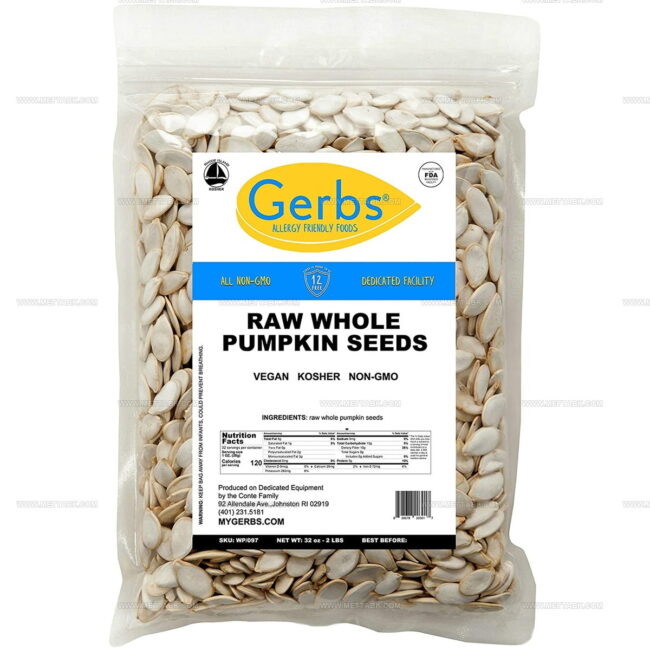
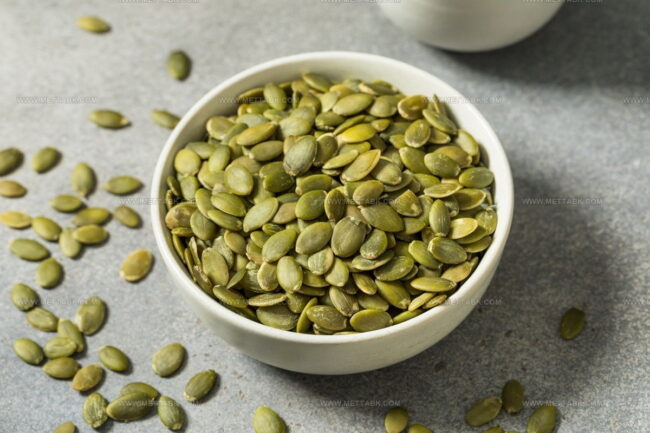
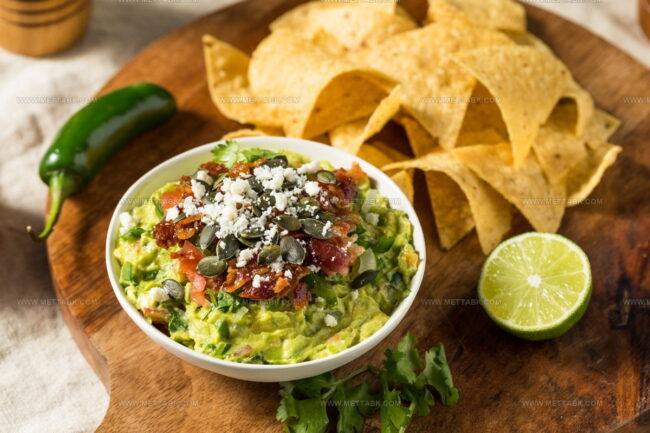
Clara Bennett
Contributing Recipe Developer & Food Writer
Expertise
Baking and Pastry Development, Gluten-Free and Allergy-Friendly Recipe Creation, Culinary Storytelling and Food Journalism, Recipe Testing and Standardization, Southern Comfort Foods and Modern Twists
Education
Sullivan University – National Center for Hospitality Studies
Associate Degree in Culinary Arts
Focus: Baking and Pastry Arts, Recipe Testing, and Culinary Journalism.
Clara specialized in crafting desserts that blend classic Southern comfort with modern techniques, while developing strong writing skills to tell the story behind every dish.
Lane Community College (Certificate Program)
Certificate in Food Writing and Photography
Focus: Culinary storytelling, recipe formatting, food styling, and visual presentation.
Clara’s love of baking started young, powered by homemade pies, biscuits, and stories passed around the family table.
After earning her degree at Sullivan University and a food writing certificate at Lane Community College, she turned her passion into a craft: sharing recipes that are simple, soulful, and always full of heart.
She’s big on bold flavors, flexible ideas, and creating sweets that fit any table (yes, even if you’re gluten-free). When she’s not baking, you’ll find her wandering farmers’ markets, styling food for the next photo shoot, or working on her ever-growing recipe journal.